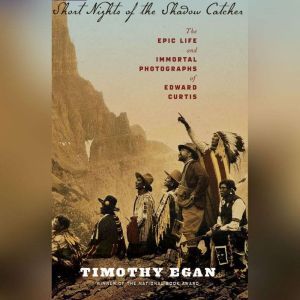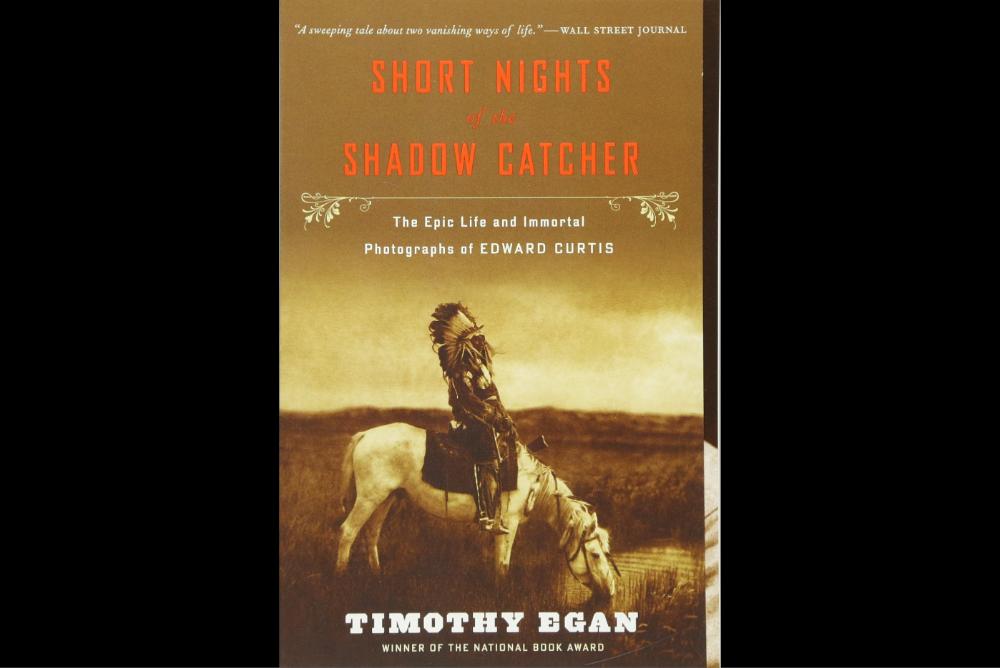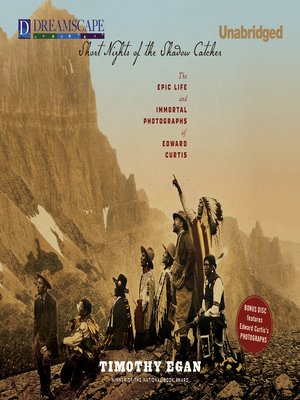

“Princess Angeline” was then 100 years old. Then he decided to photograph the impoverished woman famous locally as the last surviving child of Chief Seattle. It soon became clear he had “the eye,” and within four years he was Seattle’s most renowned photographer, shooting portraits of its wealthiest citizens. From a traveler headed to Alaska’s gold fields, he bought a 14-by-17-inch view camera.Ĭurtis set up a photo studio. In and near Seattle, Curtis literally earned his living from the muck: digging for clams and doing other menial jobs. The man behind these images was the son of a humble Minnesota family who resettled in Seattle during that city’s late-19th century transformation from frontier town to Western metropolis. And his photograph of the tragically regal Chief Joseph of the Nez Perce, covered in shell necklaces just months before a death his doctor attributed to “a broken heart.” There is his 1905 portrait of the great Apache fighter Geronimo, with his weathered face.

But the charming rogue with the grade-school education had fulfilled his promise-his great adventure succeeded in creating one of America's most stunning cultural achievements.His portraits, especially, have a timeless quality.

He would die penniless and unknown in Hollywood just a few years after publishing the last of his twenty volumes. The undertaking changed him profoundly, from detached observer to outraged advocate. Morgan, it took tremendous perseverance-six years alone to convince the Hopi to allow him into their Snake Dance ceremony. Even with the backing of Theodore Roosevelt and J.P. At once an incredible adventure narrative and a penetrating biographical portrait, Egan's book tells the remarkable untold story behind Curtis's iconic photographs, following him throughout Indian country from desert to rainforest as he struggled to document the stories and rituals of more than eighty tribes. And he was thirty-two years old in 1900 when he gave it all up to pursue his great idea: He would try to capture on film the Native American nation before it disappeared. Read full overviewĮdward Curtis was dashing, charismatic, a passionate mountaineer, a famous photographer-the Annie Liebowitz of his time. And he was thirty-two years old in 1900 when he gave it all up to pursue his great idea: He would try to capture on film the Nat.

Edward Curtis was dashing, charismatic, a passionate mountaineer, a famous photographer-the Annie Liebowitz of his time.


 0 kommentar(er)
0 kommentar(er)
